Deck & Commander Strategies
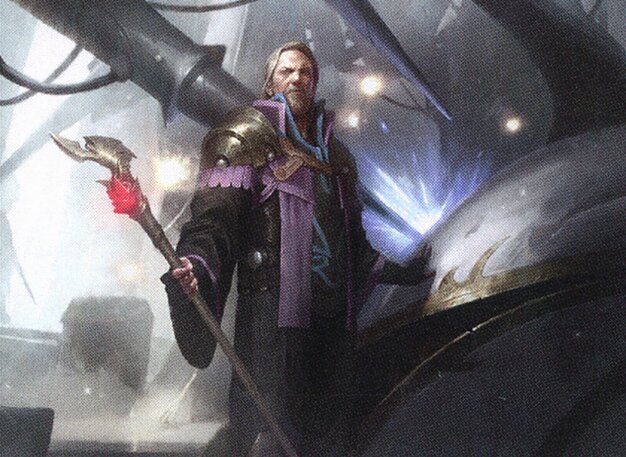
Urza, Prince of Kroog
Urza focuses on artifact synergies and aggressive combat by creating and enhancing artifact creatures, leveraging modular counters, and equipping them for high damage output to quickly reduce opponents’ life totals.
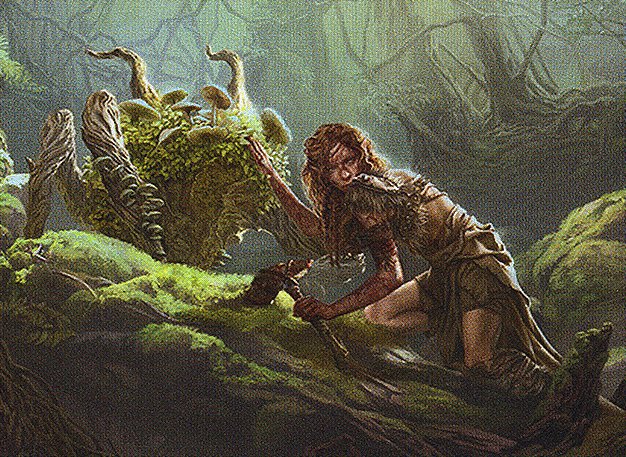
Tana, the Bloodsower
Tana aims to produce many tokens and generate value from sacrificing creatures, using cards like Bloodstained Mire and Tortured Existence to maintain a steady stream of creatures and incremental board presence.
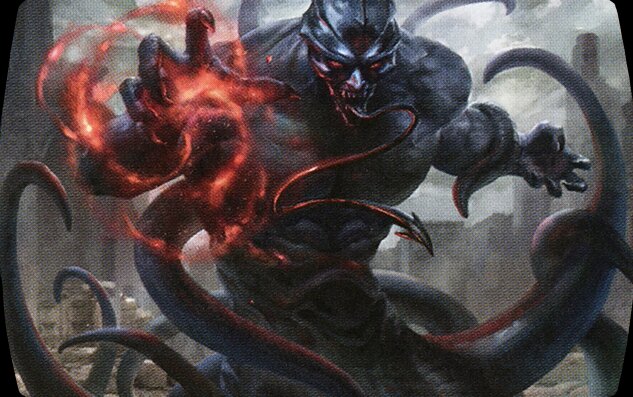
Tevesh Szat, Doom of Fools
Tevesh Szat’s deck revolves around controlling the board through milling and chaos effects, disrupting opponents' hands and libraries while generating incremental advantage from their discarded and exiled cards.
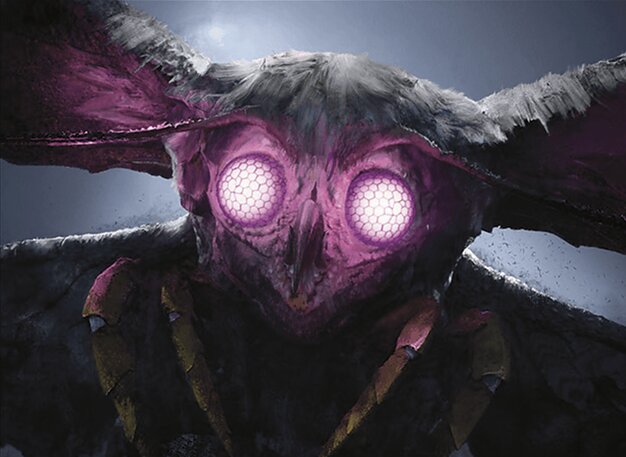
The Wise Mothman
This deck focuses on artifact and enchantment synergies, using modular creatures and utility artifacts like Darksteel Citadel and Cloud Key to control the board and generate value over time.
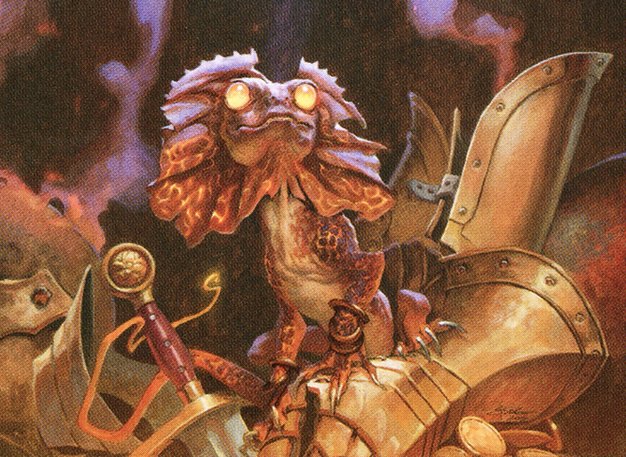
Kediss, Emberclaw Familiar
Kediss leverages combat tricks and equipment, including auras like Octopus Umbra, to create large, unblockable threats that can deal significant damage quickly.
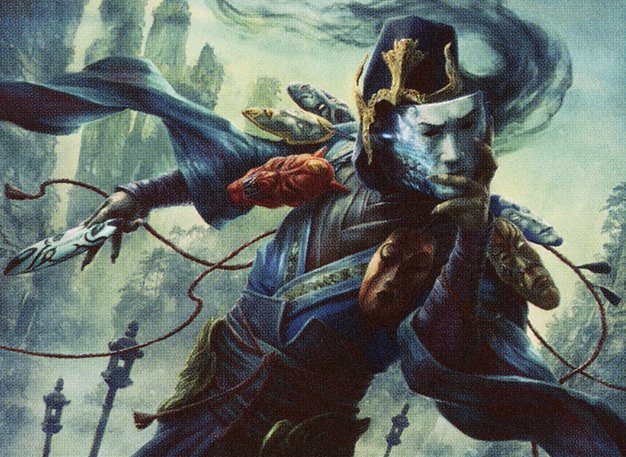
Sakashima of a Thousand Faces
Sakashima uses cloning and copy effects to replicate powerful creatures and combos, creating multiple threats and leveraging synergy with cards like Machine God Effigy to overwhelm opponents.
Gameplay Insights
- 1
Utilizing Octopus Umbra on Ktis to tap down opposing creatures allowed repeated damage through unblockable attacks.
- 2
Copying Sakashima with Machine God Effigy created a near-unstoppable threat that opponents could not efficiently answer.
- 3
Sacrificing creatures to Village Rites and triggering Pawn of Ulamog helped maintain card advantage and board presence despite pressure.
- 4
The combination of card draw and milling effects helped players dig for answers and threats consistently throughout the game.
- 5
Deflecting Swat and Arcane Denial interaction effectively countered a major combat trick, preserving key attackers and sealing the game.
- 6
Impact Tremors provided incremental damage with each creature death, synergizing well with sacrifice outlets and token generation.
Notable Cards
-
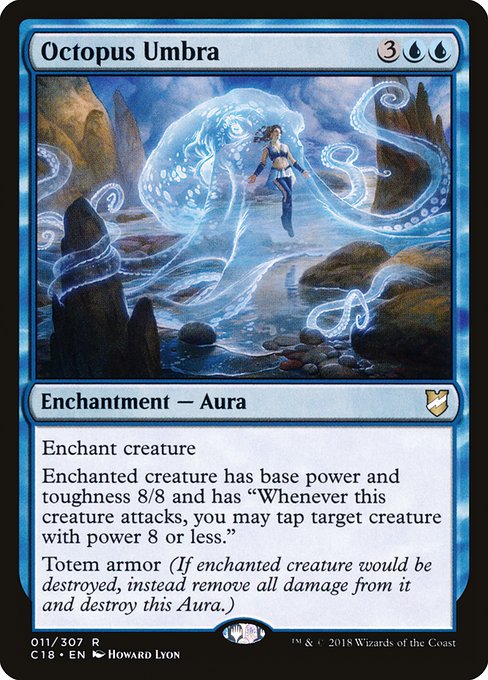
Octopus Umbra
-
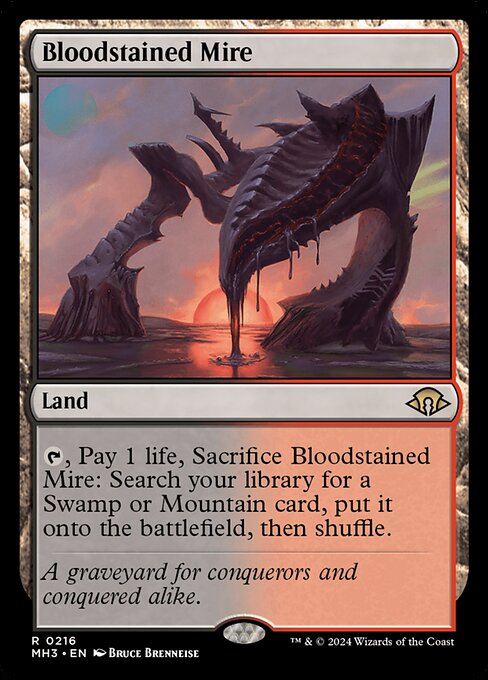
Bloodstained Mire
-
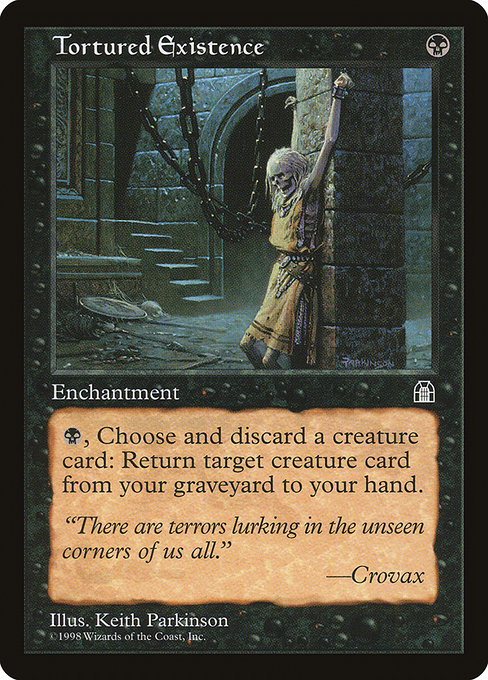
Tortured Existence
-

Thought Monitor
-
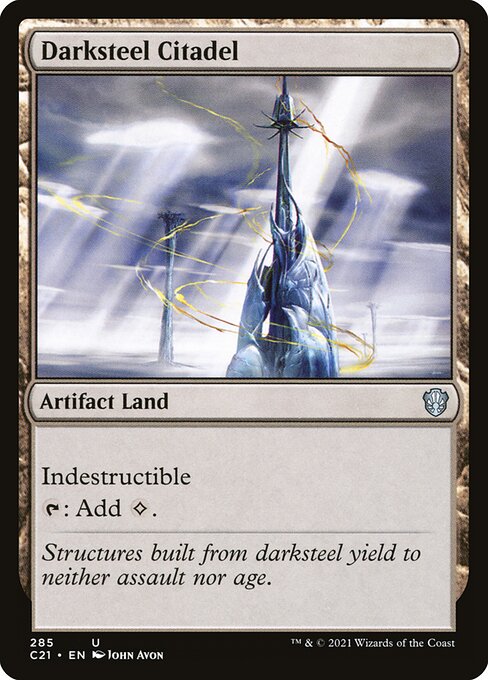
Darksteel Citadel
-
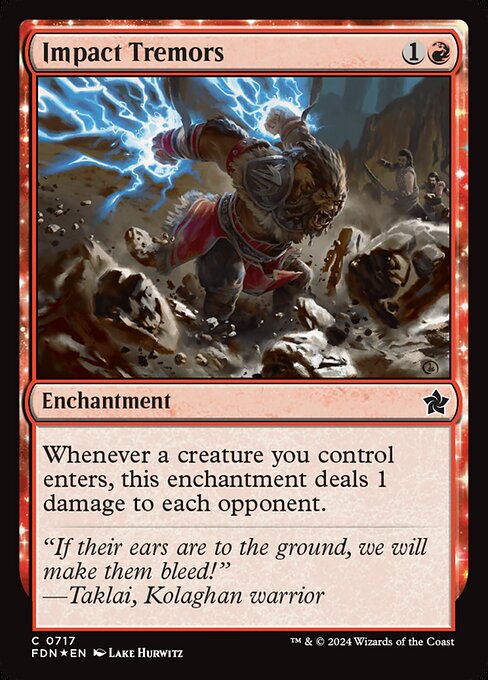
Impact Tremors
-
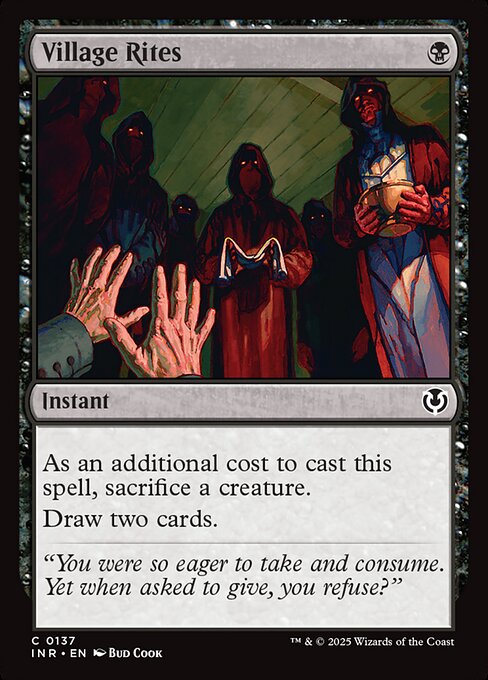
Village Rites
-
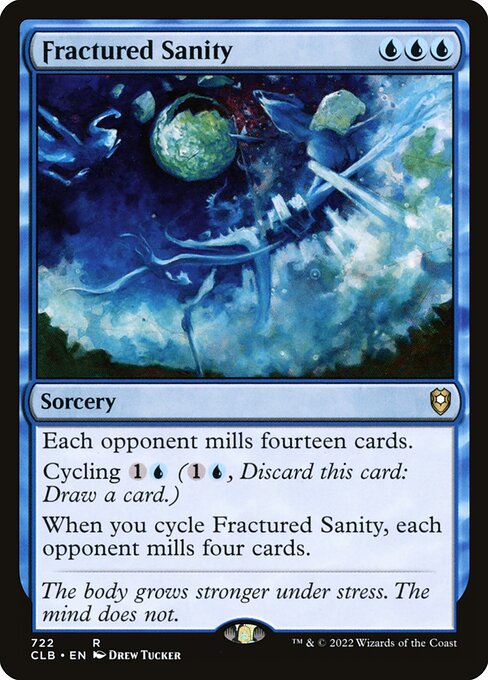
Fractured Sanity
-
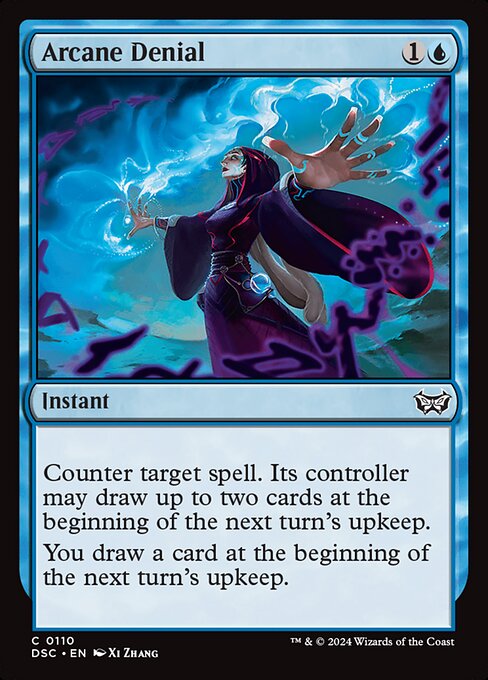
Arcane Denial
-

Deflecting Swat
-

Blade of Selves
-

Expressive Iteration
-
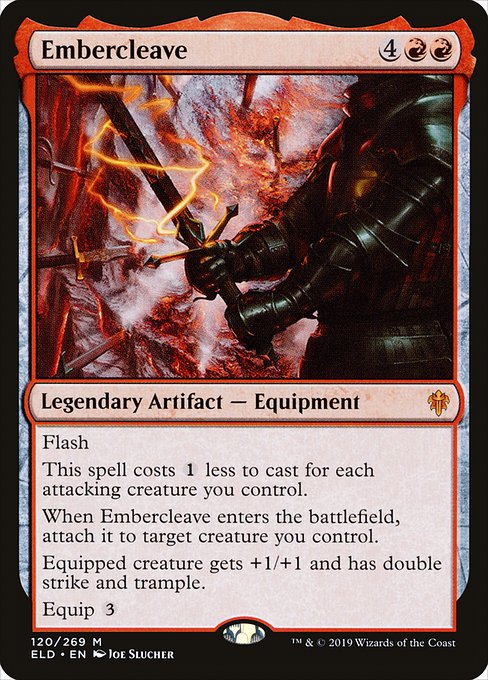
Embercleave
Gameplay Summary
The game began with players establishing their boards through early ramp and utility creatures, including key plays like Soul Ring, Signet, and various mana-producing lands.
Urza, Prince of Kroog's aggressive early attacks with an 8/8 Ktis equipped with Octopus Umbra dealt significant damage, softening opponents and setting up for further pressure.
The board state developed with various artifact synergies, modular creatures, and recurring graveyard interactions.
A pivotal moment occurred when a Machine God Effigy copied Sakashima of a Thousand Faces, creating a threatening duplicate that opponents struggled to answer. As the game progressed, players utilized milling and graveyard recursion to maintain resources, including reanimation spells to bring back impactful creatures like Thought Monitor.
The player piloting Sakashima leveraged powerful combat tricks and multiple copies of key creatures to push through damage.
Ultimately, a combination of doubled damage effects and unblockable attackers overwhelmed the opponents, culminating in a lethal swing that ended the game decisively.

















![The Brothers' War 3: Dominaria Drift [Commander VS 319] | Magic: the Gathering Gameplay thumbnail](https://i.ytimg.com/vi/u4cXJIKflwU/sddefault.jpg)


![Ultra Magnus vs Urza vs Soundwave vs Mishra [EDH/Commander, Magic The Gathering Gameplay 2022] thumbnail](https://i.ytimg.com/vi/LtuSV7-eMFY/sddefault.jpg)
































![Tevesh/Prava vs Akiri vs Sakashima/Vial vs Yuriko [EDH/Commander Magic The Gathering Gameplay] 2021 thumbnail](https://i.ytimg.com/vi/0OTTyReRAWc/sddefault.jpg)








